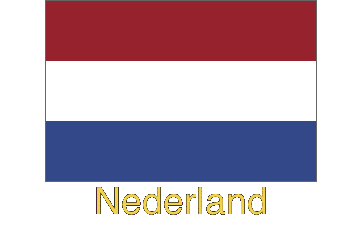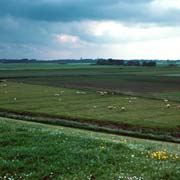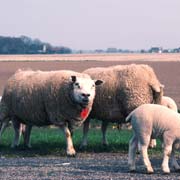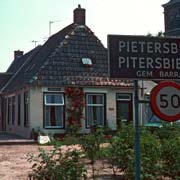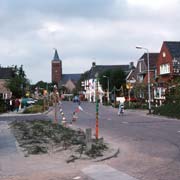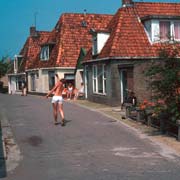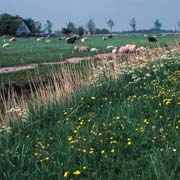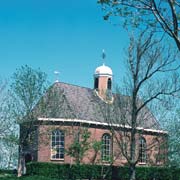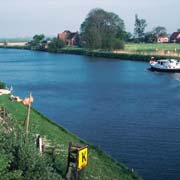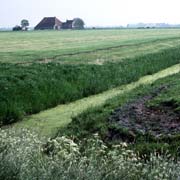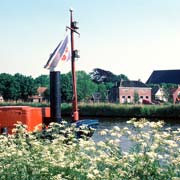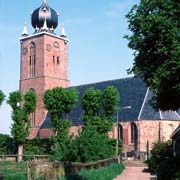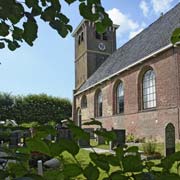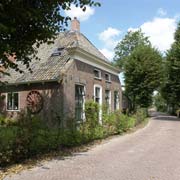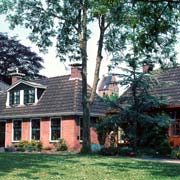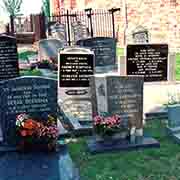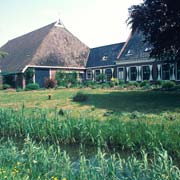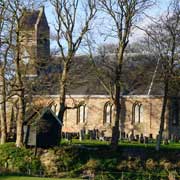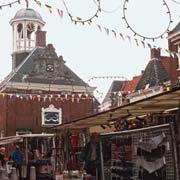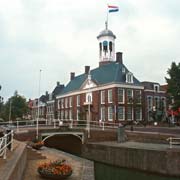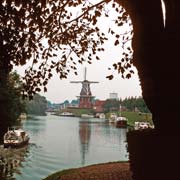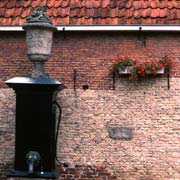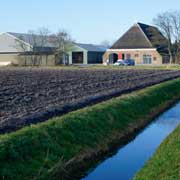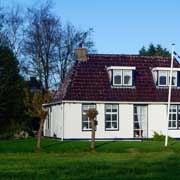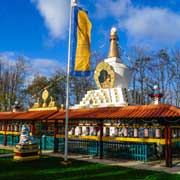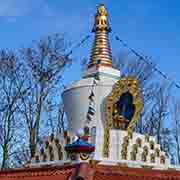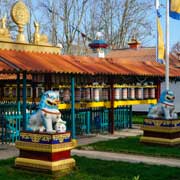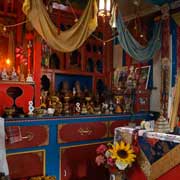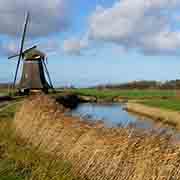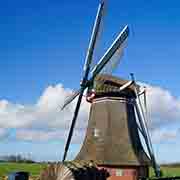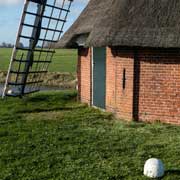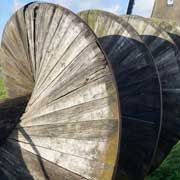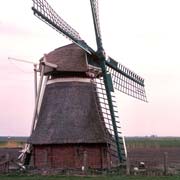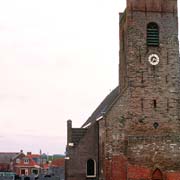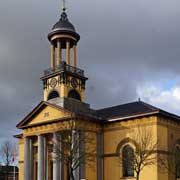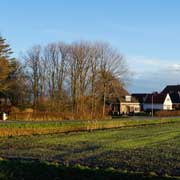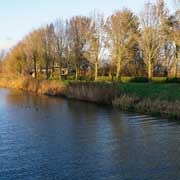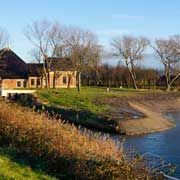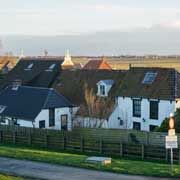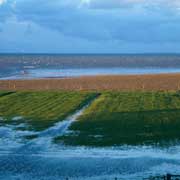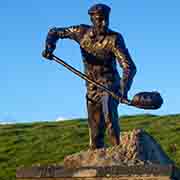Photos of Northern Friesland, the Netherlands
Northern Friesland
The north of Fryslân, roughly north of the Frisian capital of Leeuwarden and the old cities of Harlingen and Franeker, is relatively lightly populated, a land of meadows, windmills, quiet villages and old churches, some built on "terpen", the artificial hills dating back to the Middle Ages, which the Frisians built as an escape when the land was flooded during storms.
you may then send it as a postcard if you wish.
One of the villages that seems to intrigue many because of its name, is Sexbierum, about 12 kilometres north of Harlingen. Its name, however, is derived from Sixtebeeren, mentioned in 1322 and is thought to be derived from a combination of the name of Pope Sixtus II and the Old Frisian word for house, bere. The Frisian name is now Seisbierrum.
The largest town here is Dokkum, an old fortified town that was built on two "terpen". It is near this town that in the year 754 Boniface, an Anglo-Saxon abbot from Exeter (Wessex, England) who had been sent to convert the heathen Frisians, was killed by a band of Frisian bandits, who then got drunk, started killing each other and found that instead of booty there were only books and manuscripts, that they then tried to destroy. It was here that Christian Frisians later built a memorial church on a terp.
A unique site near the Frisian village of Hantum, about 8 kilometres north of Dokkum, is Karma Deleg Chö Phel Ling, a vihara, a Tibetan Buddhist monastery, that was founded here in 1986 by Chödje Lama Gawang Rinpoche and built in 1993. The main chorten (stupa) is surrounded by prayer wheels. Apparently the initiative was taken in the early eighties by a group of hippies who started a commune there; the request to build the stupa was granted on condition that a ring of trees would be planted around it, so it wouldn't be too prominently competing with Hantum's church steeple in the Frisian landscape.


